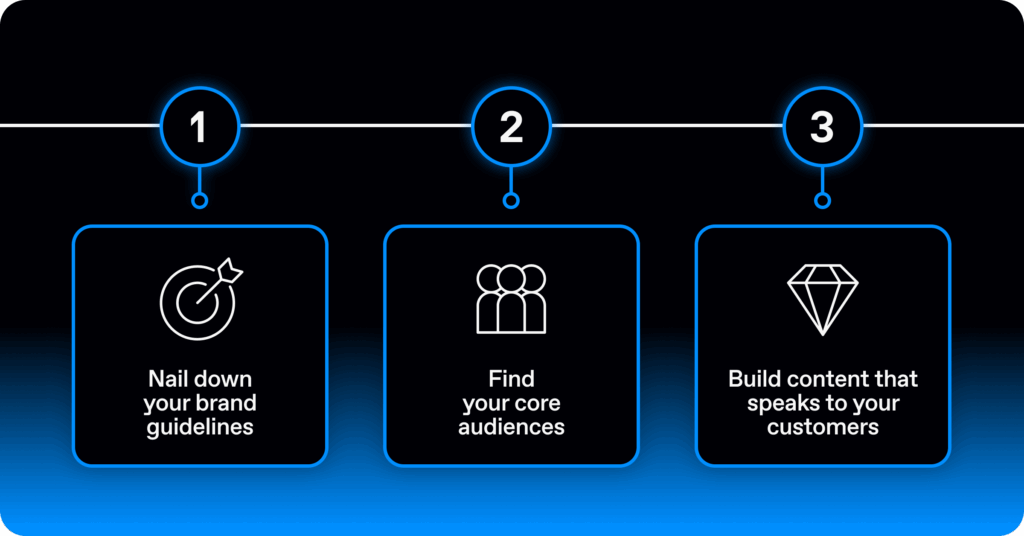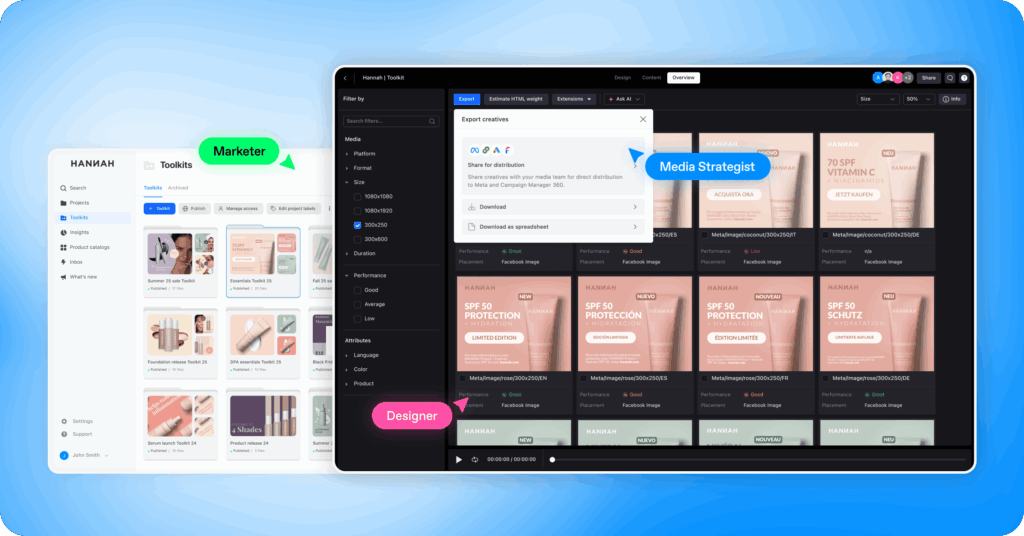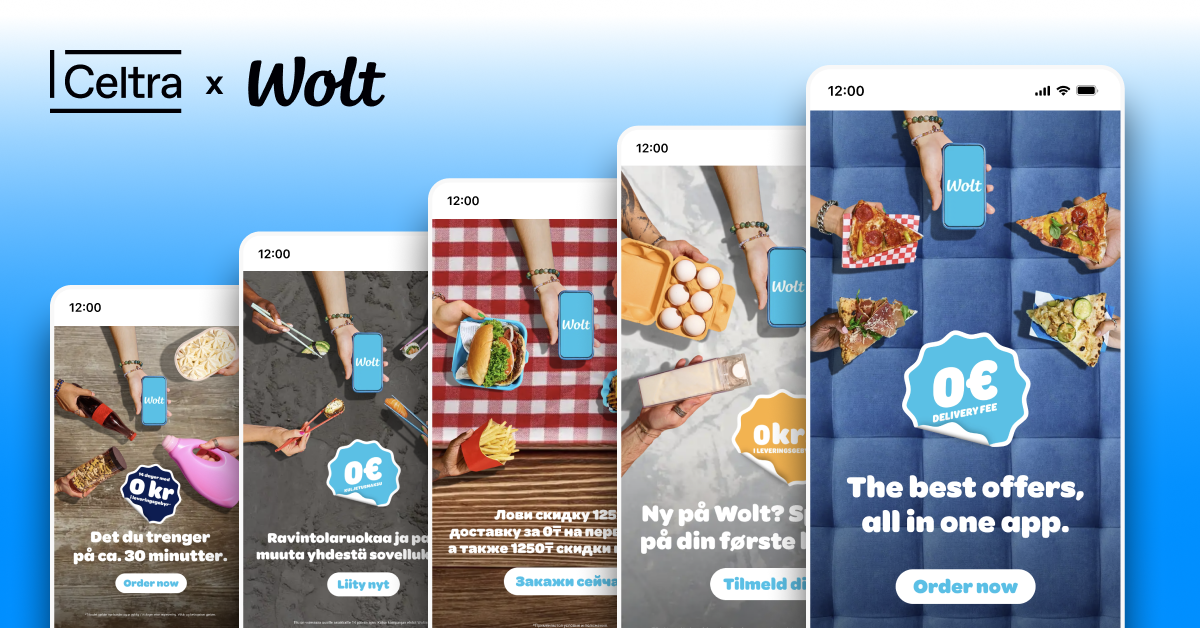Scrolling through your feed can feel like walking through a crowded street market: voices shouting for attention, colors competing, offers blurring together. But every so often, one voice cuts through, calling your name and offering exactly what you were looking for. That’s precision marketing at work.
Rather than blasting the same message to everyone, precision marketing acts like a skilled guide, steering the right message to the right person at the right moment. It’s smart, intentional, and more like a helpful nudge than an intrusive ad.
What makes it especially powerful is the focus on deepening relationships with existing customers. Instead of pouring all resources into finding new audiences, precision marketing emphasizes loyalty, retention, and growth. It helps brands guide customers along their journey, encouraging repeat purchases, cross-sells, and long-term advocacy.

Why precision marketing changes the game
Marketers today have a tough job. Attention spans are shorter than ever, customers are bombarded with ads, and budgets are under pressure. Precision marketing helps them cut through the chaos and make their campaigns work harder.
Loyalty is the new currency
In an environment where switching brands is just a click away, loyalty has become one of the most valuable assets a marketer can build. Personalized, timely communication is the engine behind that loyalty. When customers feel understood — when a brand remembers their preferences, anticipates their needs, and shows up with value at the right time — they’re more likely to stay, spend again, and advocate for the brand. Over time, this steady reinforcement creates durable relationships that outperform one-off conversions.
Smarter spend, bigger impact
Budgets are under pressure, and marketers can’t afford to waste money on impressions that don’t move the needle. Casting the net too wide often means paying to reach people who were never likely to engage in the first place.
By narrowing in on the people most likely to respond, brands can make the same budget work harder. It’s a shift from volume to value: reducing waste, improving efficiency, and ensuring campaigns deliver measurable returns.
Conversions that speak for themselves
Driving conversions is the ultimate goal, but not every ad creates action. Generic campaigns rarely land because they don’t consider where a customer is in their journey or what they truly need.
When data and creative work together, brands can meet customers with messages that feel timely and relevant. The result is stronger engagement, more purchases, and repeat visits. That’s why marketers consistently see higher ROI when personalization is at the core of their campaigns.
3 steps to kick-start your precision marketing strategy
So, you now know that this is something you should be doing, but how do you get started? Let’s break it down into three actionable steps to kick off your journey.

1. Nail down your brand guidelines
Think of this as your foundation. Yes, guidelines include logos, colors, and fonts, but they should also capture your tone of voice, values, and mission. Today’s best-in-class brands are even building interactive guidelines that live online, making it easier for global teams and partners to stay aligned.
When everyone has a clear playbook, every campaign (no matter where it runs) feels unmistakably on-brand.
2. Find your core audiences
Once your brand foundation is set, it’s time to figure out who you’re talking to. Precision marketing thrives on segmentation, but segmentation isn’t just about splitting people into buckets. It’s about understanding who your customers really are and where they are in their journey. Are they first-time buyers still building trust with your brand? Are they loyal customers who might be open to cross-sells or upsells? Or are they high-value VIPs who expect elevated, personalized experiences?
Starting with 3–6 audience groups is a smart approach; it helps you move quickly without drowning in complexity. From there, you can expand and refine based on performance data.
3. Build content that speaks to your customers
Once you’ve defined your audiences, the next challenge is creating content that truly resonates with each group, and doing it across multiple channels, formats, and markets.
A practical way to approach this is with modular design. Instead of treating every asset as a one-off, you break content down into reusable building blocks: headlines, images, CTAs, product info, offers, etc. Think of it like Lego pieces: you can mix and match them to quickly build tailored ads for different audiences.
The challenge, of course, is scale. As the number of segments grows, so does the volume of advertising assets, and keeping every variation on-brand becomes a major hurdle. This is where creative automation platforms like Celtra make a difference.
How Celtra brings precision marketing to life
Precision marketing only works if brands can personalize at scale without sacrificing speed or brand consistency. That’s exactly what Celtra Creative Automation was built for. Our cloud-based platform helps marketing, creative, and media teams produce high-quality digital ads faster, keep every variation on-brand, and connect creative directly to performance.

With Celtra, marketing teams can:
- Build hundreds of personalized ad variations quickly.
- Keep brand consistency across regions and teams.
- Streamline workflows to save both time and budget.
Ready to see it in action? Book a demo and we’ll show you how precision marketing can come to life for your brand.
Frequently asked questions
It’s a data-driven approach to advertising that delivers the right message to the right person at the right time. Instead of chasing everyone, it focuses on tailoring campaigns to the audiences most likely to engage and convert.
Consumers expect relevance, not noise. Precision marketing helps brands cut through the clutter with campaigns that feel personal, boosting engagement, loyalty, and ROI while reducing wasted media spend.
Creative automation platforms like Celtra make personalization scalable. They let teams build hundreds of ad variations quickly, maintain brand consistency, and deliver precision marketing without overwhelming production.






